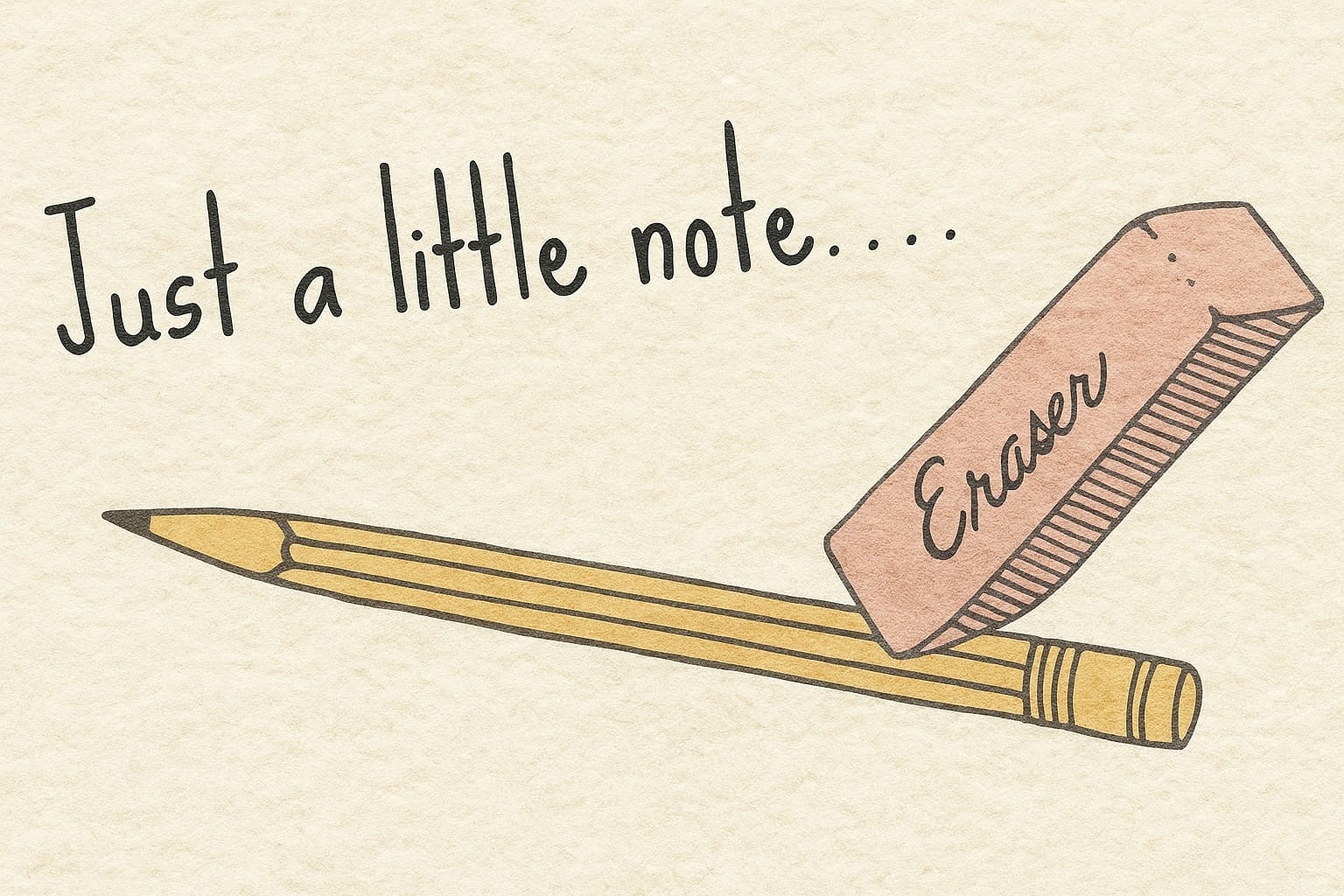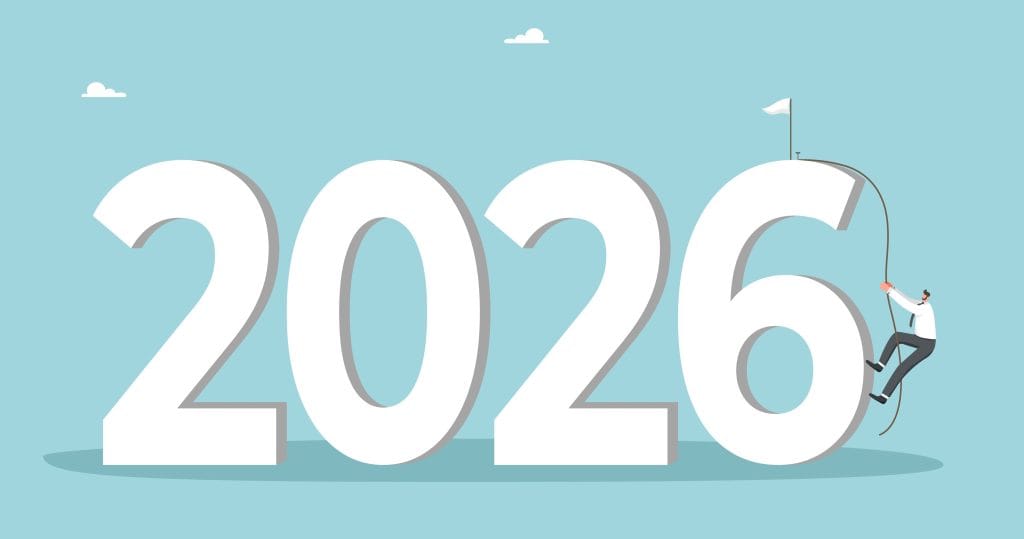Last updated on November 28th, 2025 at 07:11 pm
Last updated on November 11th, 2025 at 07:35 pm

Late April of 1985, I had recently turned 16 and I was about to finish my sophomore year of high school. My go-to uniform was Levi’s 501s, with a concert or Izod polo shirt and Reebok high-tops. Most hours outside of school were spent zipping around Miami in my 1979 Datsun 210. And beyond the shock of Van Halen just breaking up, life was good and the future looked bright (so bright I had to wear shades…).
The regular accompaniment of a can or glass bottle of Coca-Cola was a given. It was almost a fashion accessory for everyone in my age group back then (unless you were at a party). You ordered lunch—you got a Coke. Dinner—a Coke, unless you were one of those “weirdos” who preferred 7-Up or Pepsi.
There was no bottled water, maybe Perrier or gallon sized bottles of distilled water in the grocery store. If you wanted regular old H2O, you drank it out of the tap (or hose if you were outside). Coke was the “go-to” beverage of teens (at least the ones I knew) in the mid-80s.
Then the commercials started. There was going to be a “big announcement” with Coke. I saw one or two and really didn’t think twice—I’m a 16 year old boy with a driver’s license and wheels. Who cares, right? I had plenty of other things to grab my interest.
Then the announcement came: the formula was going to change. “New Coke” was coming.
Again—who cares?
Then I got my first taste. Yuck! And this in itself was not a disaster, until I found out that this was it—“old” Coke would no longer be produced.
Amongst the 15-17 year old crowd, this bordered on catastrophic.
It seems silly looking back, but this was a major subject of conversation for EVERYONE in this age bracket that I can recall. We felt betrayed and had no options!
What we’d taken for granted our entire lives—part of the “background noise” of early Generation X in the USA—was GONE.
Living in Miami, I’d been through my share of hurricane preparedness drills. You’d hit the hardware store and grocery store to stock up. And depending how late you began, you stared at varying degrees of empty shelves.
In the soft drink aisle, New Coke produced similar results.
As soon as it became clear that old Coke was no more, people made a run on it at the store. All you were left with were empty Coke shelves with plenty of “New Coke” with fancy displays.
 I stocked up, ran through my supply pretty quickly and had to switch to RC Cola—I hated Pepsi. I had a friend whose parents bought what looked like a 10’ X 10’ by 5’ block of Old Coke in cans that ate up mom’s space in the garage. A number of other friends followed suit to a lesser degree.
I stocked up, ran through my supply pretty quickly and had to switch to RC Cola—I hated Pepsi. I had a friend whose parents bought what looked like a 10’ X 10’ by 5’ block of Old Coke in cans that ate up mom’s space in the garage. A number of other friends followed suit to a lesser degree.
Luckily, our soft drink hell only lasted 77 days when “Coca-Cola Classic” (the old formula) came out. Life was good again. And of course, as I got older, I “grew out” of my love for it, and switched to more viable, life-sustaining options—like water. I also found out, as I studied business, more about the “who’s” and “why’s” behind what is still considered the biggest marketing blunder in business history.
You’d think whoever did this was pretty stupid right? Not really. A prime mover behind this decision is a fellow named Sergio Zyman. And while he’s best known for this blunder—he’s actually accomplished quite a bit. He discussed the whole New Coke thing in his book “The End of Marketing as We Know it.” Good book and not a bad read. Ultimately it was a “solution” to losing market share to Pepsi. Just the wrong solution—they chose poorly.
Now, beyond the fact that Coke is pretty bad for your teeth, what do the mistakes of a multi-billion business have to do with a dental office? Or any small business for that matter?
One thing: CHANGE.
But…Change is Good, Right?
Change would rank as, potentially, the most constructive—or destructive force in your business.
Some changes are forced on us—i.e. your star Treatment Coordinator is moving out of town; or the insurance plan most of your patients belong to changes for the worse.
Others are self-inflicted.
Whenever we see a client suffering from a forced change, we
- help them through it
- then follow up with a plan so they are not affected so drastically in the future by similar changes.
In other words, why be so dependent on one employee? Or one insurance plan and so on.
Self-inflicted change—the destructive kind—is another matter. Obviously the first thing is to CANCEL THE CHANGE. Revert back to what you used to do.
If I told you I rarely have seen destructive change in my career I’d be lying. If I told you that I myself hadn’t been grossly guilty of it, this would be another lie! I’ve had plenty of “9.95” nosedives into the shallow end of the pool in my career. Not so much anymore though—which got me thinking to write this post. What was different?
Making Your Mark/Shaking Things Up
Funny thing, you see especially with new appointees—whether it’s a corporate job, a football coach, or even your new Financial Secretary. People want to make a new job “their own.” To sort of “make their mark” on the job.
How do they do this? By changing everything.
 If things are going poorly—this is not always bad. We obviously don’t want to continue that downward trajectory. But, as a sports fan, I’ve seen plenty of coaches take over a winning team and demolish it in 1-2 seasons while “making their mark.” I’ve also seen people do this in life, corporate jobs and small businesses.
If things are going poorly—this is not always bad. We obviously don’t want to continue that downward trajectory. But, as a sports fan, I’ve seen plenty of coaches take over a winning team and demolish it in 1-2 seasons while “making their mark.” I’ve also seen people do this in life, corporate jobs and small businesses.
And, especially in my younger years, I wanted to “shake things up,” and “keep things exciting” at work, so I did the same. Looking back, I see that I did this in direct ratio to my lack of training as an executive!
As the years passed and I became more and more trained and experienced, I “mellowed” on this change factor.
It helped a lot that Mr. Hubbard wrote extensively on this subject—change—especially as it applies to statistics and organizations. The more I trained, the more my viewpoint began to shift.
I began to realize that the virtue of doing NOTHING when something is actually working; in other words to Leave It Alone. And I think this is what messes with our minds the most—i.e. if we’re not actively working at something, changing and so on, we’re not working, right? Wrong.
The fact that something is working—e.g. a marketing plan—is a GOOD THING. Why mess with a good thing? Sure you keep an eye on it. Maybe you do more of it or tweak it if it starts to falter. But—don’t change it! If it slips, and loses effectiveness, find out why. It may have nothing to do with the marketing itself—maybe you changed the way you answer the phones or schedule. If it truly is less effective, then it can be adjusted.
When introducing change, keep track of what it is that you’re changing. If it doesn’t work, you know what to “un-change!”
The keys here are simple:
- If something is working, don’t mess with it. You don’t need to change personnel, marketing, etc. just to “earn your pay.” It will give you something to do all right—you just won’t like doing it and regret it after the fact!
- If something isn’t working, then by all means, make a change. BUT—AND THIS IS CRITICAL—MAKE SURE YOU ARE CHANGING THE RIGHT THING. Coke found out the wrong way—they probably needed to change their marketing—not their core product.
 If you want to introduce change, or improve on something that’s working, don’t rush it and note what you do. If you screw up, you can dump the change quickly.
If you want to introduce change, or improve on something that’s working, don’t rush it and note what you do. If you screw up, you can dump the change quickly.Making a good executive—or business owner is a process. Doing the right thing, you have more and more “wins,” and get better over time. A key is training—knowing what you’re doing is the basis of doing “The right thing,” which explains the success of MGE clients on the MGE Power Program.
And I guess if I had to add a number “4” and “5” above, I’d say this:
- If you make a change—and it’s bad—i.e. personnel, marketing, etc, don’t be so proud or “right” that you won’t change things back in order to be “right.” Screwing up is one thing. Perpetuating a mistake once it’s recognized is another—it’s at best a sign of low responsibility. You have to be willing to take the good with the bad. You do well: great! You do badly: own up, fix it and move on. If I had an employee who couldn’t own up and instead continued their bad change, best case scenario would be a demotion—or they’d most likely be gone. This is an organization killer.
- And lastly, if you do mess up, don’t beat yourself up. Recognizing the mistake means you’re already halfway there. Keep in mind—you cause good things too! So you caused something not so good—confront it and move on.
Hope this helps. Let’s avoid any “New Cokes” in your business! Stick with the original and have an excellent business!
And…Party on dude!
If you have any questions about this post, feel free to contact me at jeffb@mgeonline.com


No Comments
Be the first to start a conversation